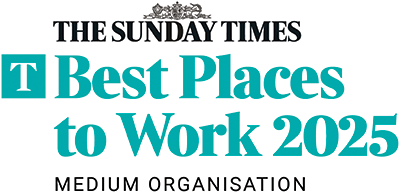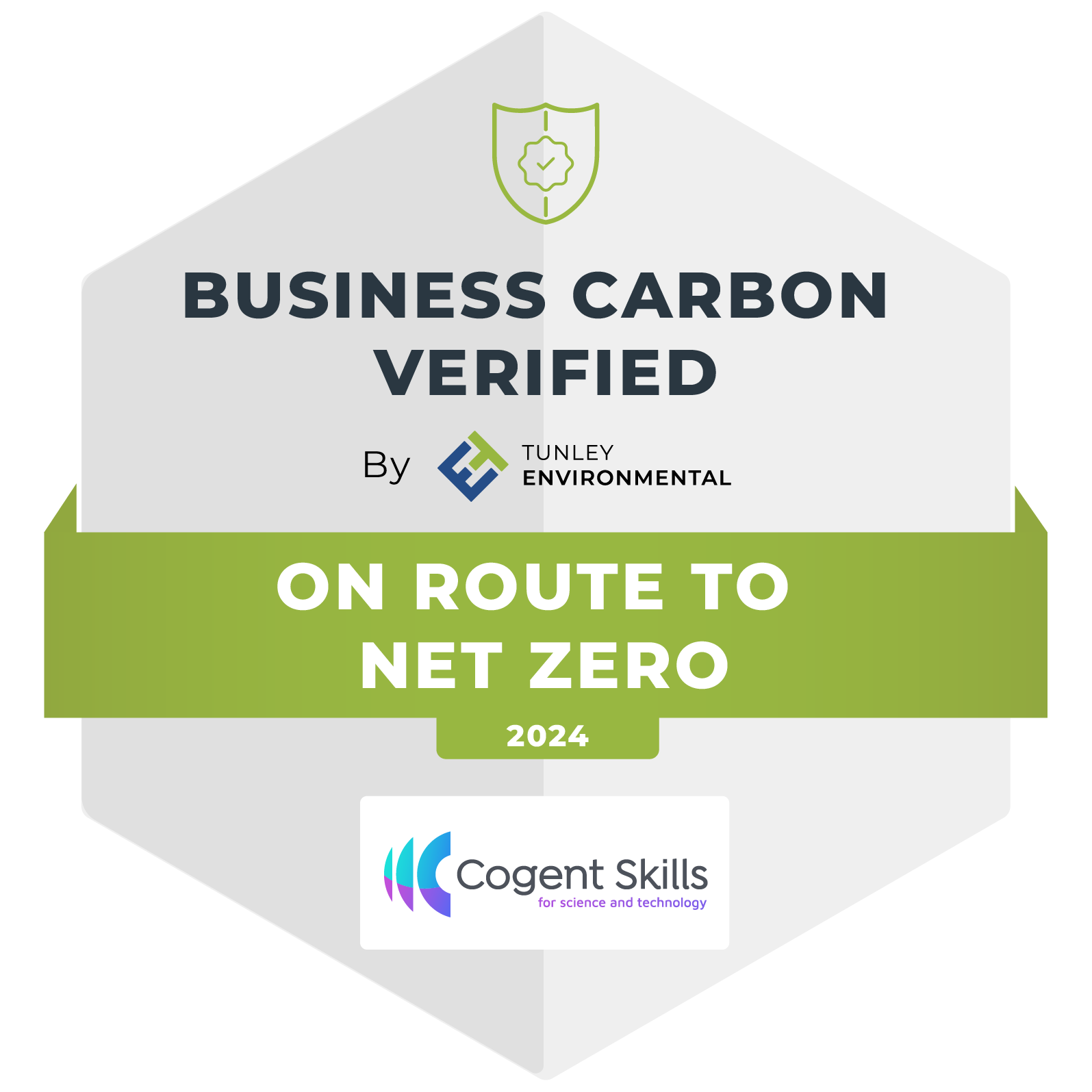Whether you operate under the Control of Major Accident Hazards (COMAH) regulations, fall outside them but are still processing, manufacturing, storing or distributing hazardous material, or are simply striving to improve productivity, quality and reliability – developing best practice in competence management can significantly improve business performance.
So what are the three key considerations when taking stock of competence management within your business?
Time to update
Procedures and practices are vital in ensuring consistency across frontline operations, maintenance and support activities – but they often need to be reviewed and updated. Generally, this is due to lack of resources or expertise: all businesses are operating as lean as possible and most have been doing so for a long time, so it’s no surprise that those responsible for maintaining or updating procedures don’t have the time.
This is a significant issue, but time must be devoted to reviewing procedures in detail and ensure they’re as clear, up-to-date and reflect the performance influencing factors within your business processes. Good procedures are a vital component of the competence assessment toolkit: only when this crucial first step is taken can informed decisions be made on how to improve.
Investing in people
Compare and contrast the amount of time and resource devoted to maintaining physical assets with that put into the human infrastructure. In many businesses, the difference is stark. It’s not unusual for companies to spend hundreds of thousands, even millions, on maintaining safety management systems, safety critical equipment and so on.
But what about their people? After all, for all the sophisticated digital tools available to help, it’s people who control hazards – whether responding to alarms or assessing the data at their disposal to identify an issue before it becomes a problem.
This is an area where industry can clearly improve. An important step is working out who has the time, knowledge and aptitude to assess whether the workforce is displaying the right competences – and then giving them the right tools and time to do their job. A team of consultant engineers can be parachuted into a company to help fix a problem with your physical assets, but it’s far harder – if not impossible – to parachute in an assessment solution from outside when your workforce isn’t displaying the right behaviours.
Ring the changes
Finally, managing change effectively is absolutely essential. Cogent Skills works with businesses through the process of building their internal framework and staff resources to effectively assess competence over time – which builds the flexibility for competence assessment criteria to be updated when something changes.
This is a hugely important issue within COMAH. After all, good change management can reduce or remove a hazard – but you can actually create a hazard if you manage change in the wrong way. So the assessment of competence has to respond to change in equal measure to the revision of operating or maintenance procedures. Management of Change applies to people as much as it does to your physical assets, systems and procedures.
What next?
A key issue underlying all of this that we often find companies don’t have a genuine, long-term plan to maintain workforce competence. While it’s positive that succession planning and issues around an ageing workforce are increasingly on the agenda, the fact is businesses need people on the ground to carry this out. It’s up to senior leaders in businesses across the industry to show the requisite vision and commit the time and resources to do this effectively.
And that’s the challenge which must be met. Maintaining workforce competence must become bedded in as a part day-to-day operations. The good news is this need not cost the earth and can be built up over time through an iterative process.
Once the initial investment decision is made, companies can soon find best practice in competence management becomes systemic and part of the wider culture of a company – where individuals don’t see good assessment practice as questioning their professionalism but part of a non-negotiable commitment to safety.
So, if you’re responsible for or able to influence these behaviours in your organisation ask yourself this question: how are things being done at 1am when nobody is watching? Your answer will inform the next steps in moving beyond compliance.
Cogent Skills has been supporting high hazard industries with their competence management requirements for more than a decade. For an informal discussion about how we can help your business, contact our team on 01325 740900 or at [email protected].








